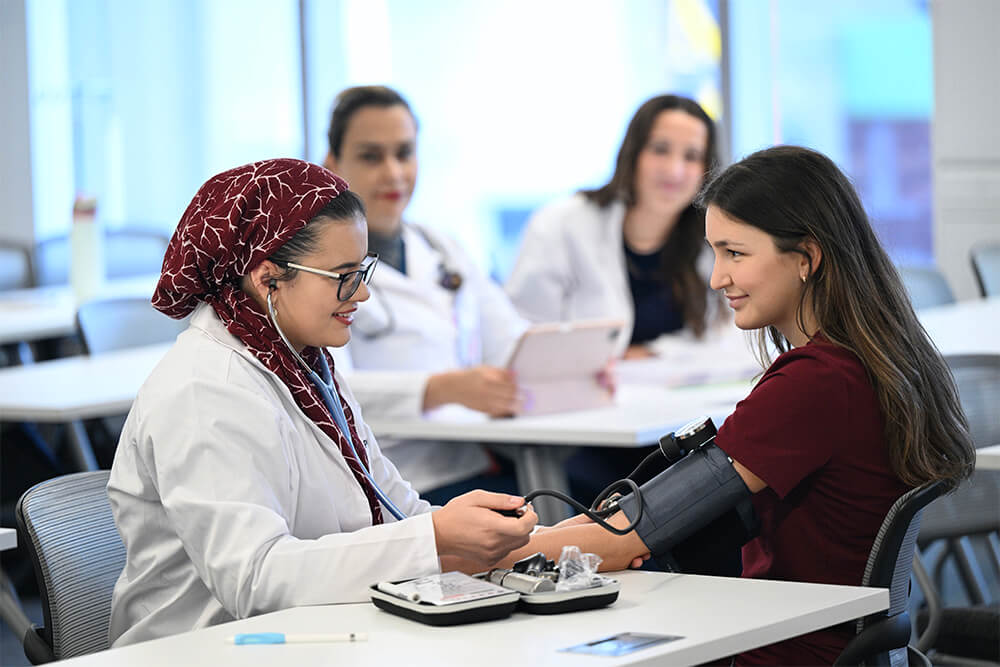Meeting Today's Healthcare Needs
How Touro is Training Tomorrow's Providers

In the wake of the COVID-19 pandemic, America is facing a shortage of healthcare workers that’s likely to get worse in the coming years. In fact, the Health Resources and Services Administration (HRSA) estimates that, by 2036, America will have just 78 percent of the primary care physicians that it will need. This is particularly concerning, as the U.S. population continues to age and will require more healthcare services than ever before.
At Touro University, we’re working to solve this potential crisis by rapidly training the healthcare professionals of the future. At Touro University School of Health Sciences in New York and at the Touro College of Osteopathic Medicine in California, Nevada and New York, we’ve developed successful medical programs for physician assistants (PAs) and osteopathic physicians that are now being replicated in underserved communities across the country to meet this increasing need.
Organic Growth That's Built on a Solid Foundation
Dr. Joe Tommasino is the vice president of PA program development and operations chairman of PA programs (Northeast) at the School of Health Sciences, which offered one of the four original PA programs in the country. “At Touro, we laid the foundation,” he shares. “Now, we have eight programs across the country, and we train and graduate the most PAs of any program.”
To accomplish this, the Touro team built a solid, reproducible infrastructure that was based on its original, traditional PA programs. This system has allowed the school to grow organically to eight programs, with two unique programs in the pipeline, and to create the necessary consistency that leads to excellence.
Creating Consistency That Leads to Excellence
At its three locations in Middletown and Harlem, New York, and Great Falls, Montana, Touro College of Osteopathic Medicine takes a slightly different approach. Associate Preclinical Dean Dr. Stephen Jones explains: “Our preclinical curriculum is identical across all three campuses. We have a consistent experience, and when we open a new campus, we don’t have to start from scratch.”
Each campus also offers a “Cultural Competence in Healthcare” course designed by community leaders to reflect local culture and customs. Plus, students complete their clinical rotations locally, so they learn to meet the needs of the populations they serve.
The success of these programs hinges on a number of factors—from putting in place clinical hubs for PA training that provide a consistent experience to maintaining a full staff of faculty at each of the College of Osteopathic Medicine campuses, so students have the individual support they need. As Dr. Jones enthuses, “Touro University employs great teachers. Students who come here know that the faculty is excellent and really care for their students.”

